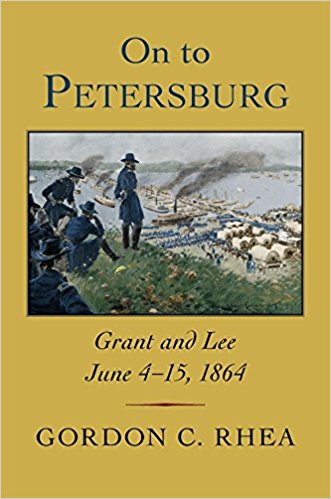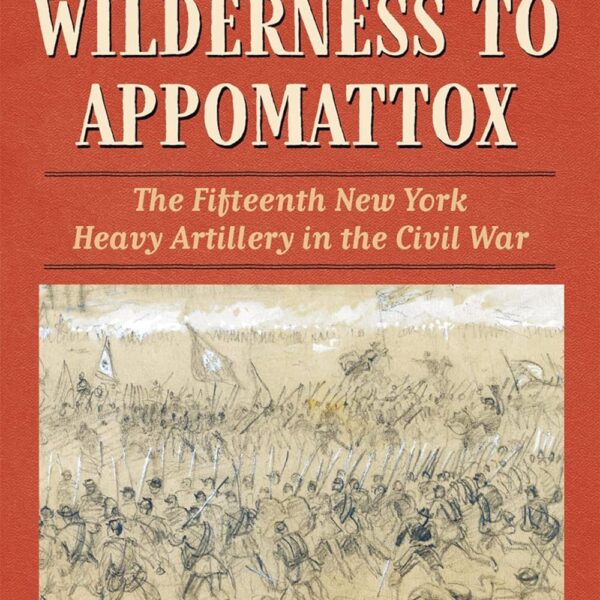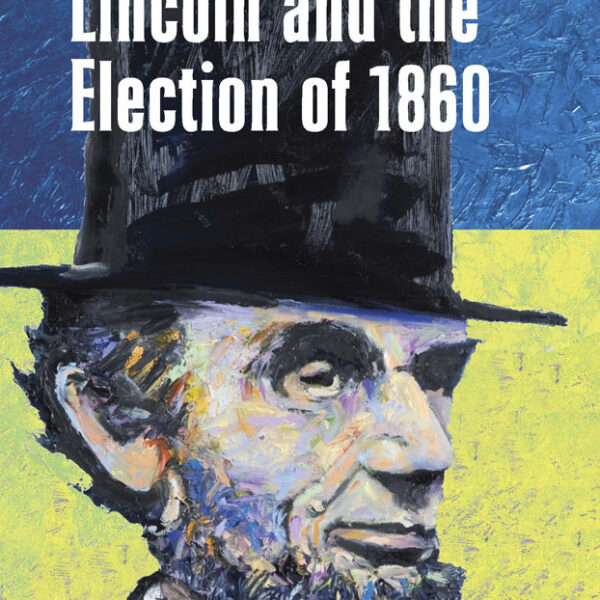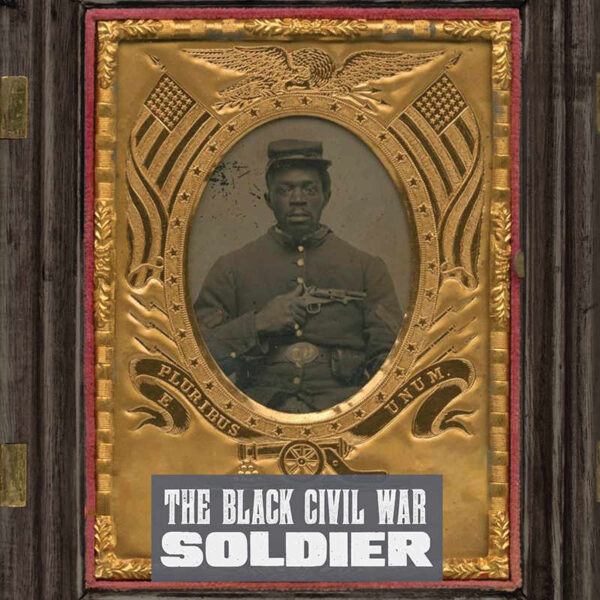On to Petersburg: Grant and Lee June 4-15, 1864 by Gordon C. Rhea. Louisiana State University Press, 2017. Cloth, IBSN: 978-0807167472. $45.00.
 The six-week Overland Campaign in Virginia between May 4 and June 15, 1864, was the fiercest sustained period of fighting of the Civil War. It pitted the war’s two premier armies, the Union’s Army of the Potomac and the Confederacy’s Army of Northern Virginia, and its two most able generals, Ulysses S. Grant and Robert E. Lee, in a bitter “mano-a-mano” combat that would realistically doom any hopes the Confederacy still held for a favorable negotiated peace and independence. Fortunately, this classic campaign has a chronicler worthy of its singular importance to the Union’s ultimate victory.
The six-week Overland Campaign in Virginia between May 4 and June 15, 1864, was the fiercest sustained period of fighting of the Civil War. It pitted the war’s two premier armies, the Union’s Army of the Potomac and the Confederacy’s Army of Northern Virginia, and its two most able generals, Ulysses S. Grant and Robert E. Lee, in a bitter “mano-a-mano” combat that would realistically doom any hopes the Confederacy still held for a favorable negotiated peace and independence. Fortunately, this classic campaign has a chronicler worthy of its singular importance to the Union’s ultimate victory.
For more than twenty years, Gordon C. Rhea has meticulously reconstructed this epic contest and presented his findings in four deeply researched, solidly written, volumes. Now, with On to Petersburg, Rhea brings to a close his examination of a campaign characterized by bloody fighting and daring maneuver and sets the stage for the ten months of siege warfare around the Cockade City that would follow.
Rhea has developed a distinctive organizational strategy for his campaign narrative. Each volume covers a discrete period of time, usually only a few days or weeks. On to Petersburg begins with the aftermath of Grant’s ill-advised attack at Cold Harbor on June 3 and concludes with his frustrating failure to capture Petersburg on June 15. This methodology allows Rhea to thoroughly examine each army’s movements down to the regimental level. The casual reader might be overwhelmed by names, numbers, and locations, but anyone seeking to follow the action of a specific unit and understand the reasoning behind each tactical movement cannot hope for a better guide. George Skoch’s excellent maps give a much needed visual dimension to supplement Rhea’s compelling narrative.
The best accounts of any campaign come from those who participated in it. Rhea wisely allows those in the field to carry the narrative by consistently finding informative anecdotes by eloquent observers. Some, like the account offered by Colonel Theodore Lyman, General Meade’s chief of staff, in a letter to his family written just after the first day at Cold Harbor, graphically describes the carnage just recently concluded. “And there the two armies slept, Lyman wrote, “almost within an easy stone-throw of each other; and the separating space ploughed by cannon-shot and clotted with the dead bodies that neither side dared to bury.” A Pennsylvanian, writing after the war, described the same rainy night in more elegiac tones. “Deeper than midnight, thunder peeled forth like cannon,” he wrote, “while the burning shells, coursing through the air, looked like angry meteors escaped from their orbits.”
The Civil War was the first major conflict fought between literate armies and followed by a literate citizenry at home. Newspaper accounts, therefore, played an important role in keeping the home front apprised of events on the battle lines and shaping public opinion in support of or in opposition to the continuing carnage. Rhea appreciates the importance of the fourth estate and offers a generous sampling of their accounts of the action. For example, a journalist writing for the Boston Evening Journal recorded his impression of the night after the Cold Harbor attacks: “The great reaper is out there upon that field,” he wrote in a melodramatic fashion common among newspapermen of the time, “stalking unseen between the trenches, walking in darkness, bordered with lightning flashes, showering it with leaden rain, making it the Valley of the shadow of Death.”
The author admits to relying heavily on Union accounts because Confederate sources are scarce. Nonetheless, his analysis is balanced. He is clearly critical of some of Grant’s tactical moves while admiring his strategic vision. “The Union army’s staggering casualties notwithstanding,” Rhea concludes, “Grant’s style of warfare offered a realistic possibility of success.” After Cold Harbor, Lee, unwell and with his command structure in shambles, “could do little, however, to prepare for Grant’s likely maneuver.” Frustrated because he had lost the initiative and freedom to maneuver, Rhea maintains that “Lee saw little choice but to rely on his cavalry to sound the alarm, if the enemy attempted to shift south.
On June 7, the armies still faced each other, menacingly, in their fortified redoubts and trench lines on the devastated battlefield. The sun shone brightly and the odor of dead animals and decaying corpses filled the air. Probing forays by Confederate generals Early and Anderson “made no impression on Grant,” Rhea concludes, but Union General Winfield Scott Hancock pleas on June 5 for a truce so that the hundreds of dead and wounded still in no-man’s-land could be tended to, did. Lt. Col. Theodore Lyman, Meade’s chief of staff, finally carried the white flag and Grant’s request the next day. “Two days of negotiations,” Rhea observes, “marred by miscommunications and delayed transmissions, had finally yielded a procedure for a truce and a workable timeframe.” Rhea includes how later historians analyzed the painstaking truce process and provides details on how it was carried out.
After several days of inconclusive skirmishing, Rhea meticulously describes the evolution of Grant’s strategic plan to pull the entire Army of the Potomac out of its trenches in the face of a dangerous enemy, cross two rivers, and shift objectives from Richmond to Petersburg, with verve befitting an adventure novel. Readers cannot help but admire how the many cogs of the big blue machine fit together to accomplish probably the war’s most audacious maneuver. Lee realized that Grant would probably effect another “by the left flank” gambit but he was unable to marshal his forces to catch the blue juggernaut in a vulnerable position.
Rhea concludes his narrative by recounting how Grant’s “own mistakes and oversights” dashed an otherwise brilliant plant to inflect a knockout blow to the Confederacy by capturing Petersburg and severing Lee’s final avenue of supply. A series of ill conceived and poorly coordinated assaults forced him to conduct a protracted siege leading to ten months of stalemate and bloodshed. Rhea’s evaluation of both generals in his concluding epilogue chapter fittingly finds success and failure on both sides. Only Rhea emerges from the Overland Campaign with his reputation untarnished. Readers are left to admire his achievement and await his next campaign.
Gordon Berg, the author of many articles on the Civil War, writes from Gaithersburg, Maryland.




